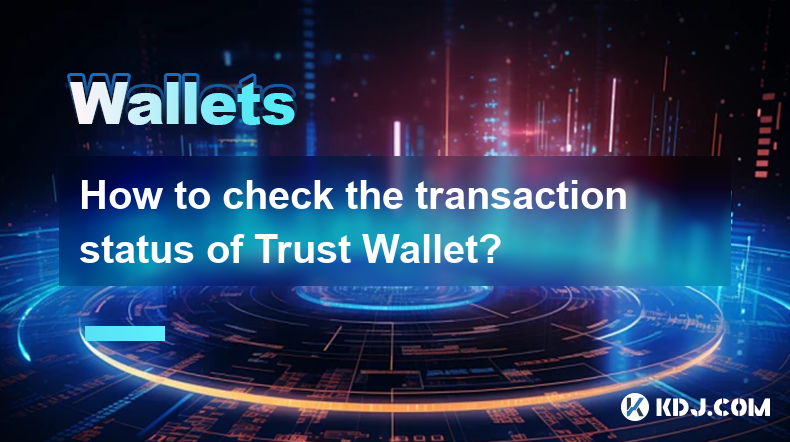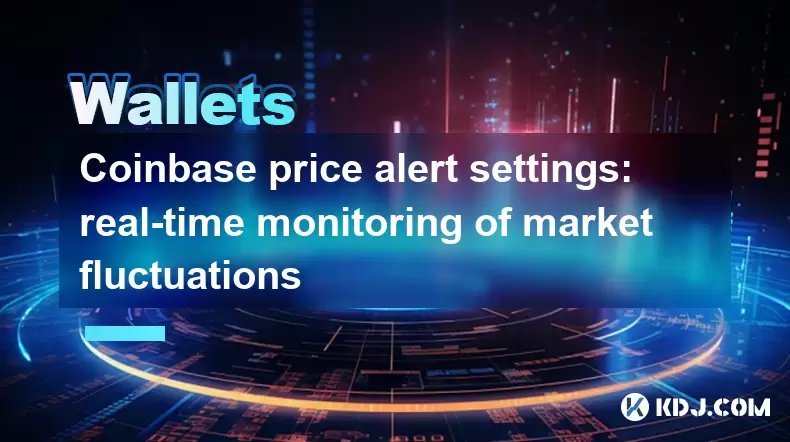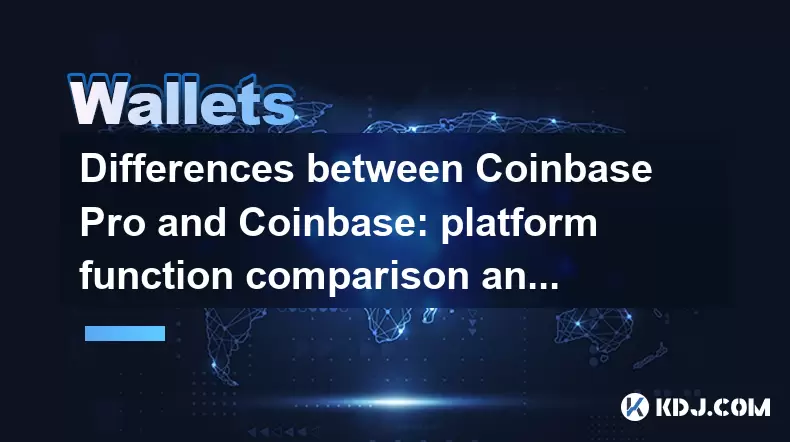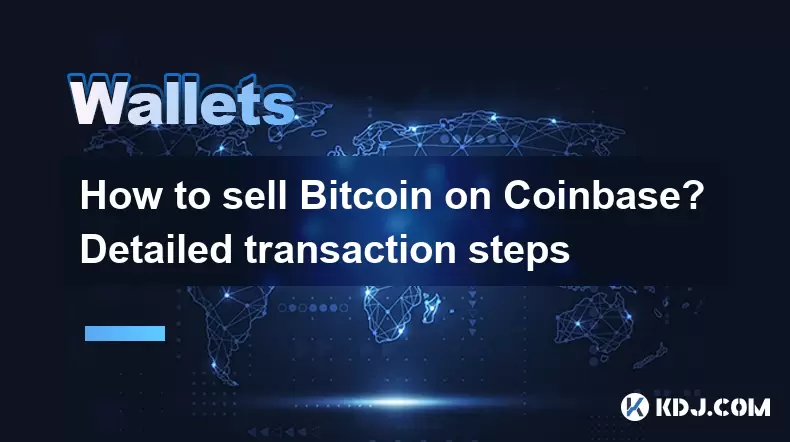-
 Bitcoin
Bitcoin $107,341.7259
0.15% -
 Ethereum
Ethereum $2,438.6204
0.70% -
 Tether USDt
Tether USDt $1.0003
-0.02% -
 XRP
XRP $2.1866
1.94% -
 BNB
BNB $649.0952
0.36% -
 Solana
Solana $150.9602
5.63% -
 USDC
USDC $0.9999
0.00% -
 TRON
TRON $0.2742
0.40% -
 Dogecoin
Dogecoin $0.1645
1.93% -
 Cardano
Cardano $0.5669
1.18% -
 Hyperliquid
Hyperliquid $37.8286
4.19% -
 Bitcoin Cash
Bitcoin Cash $491.4669
-2.74% -
 Sui
Sui $2.8150
3.06% -
 Chainlink
Chainlink $13.4184
2.91% -
 UNUS SED LEO
UNUS SED LEO $9.0809
0.27% -
 Avalanche
Avalanche $18.0295
2.60% -
 Stellar
Stellar $0.2396
1.19% -
 Toncoin
Toncoin $2.8587
0.13% -
 Shiba Inu
Shiba Inu $0.0...01160
2.59% -
 Litecoin
Litecoin $86.4192
1.45% -
 Hedera
Hedera $0.1486
1.19% -
 Monero
Monero $308.4324
0.87% -
 Polkadot
Polkadot $3.4202
1.43% -
 Bitget Token
Bitget Token $4.6436
-0.34% -
 Dai
Dai $0.9998
-0.02% -
 Ethena USDe
Ethena USDe $1.0002
0.00% -
 Uniswap
Uniswap $7.1527
3.29% -
 Pi
Pi $0.5357
-8.45% -
 Pepe
Pepe $0.0...09588
4.61% -
 Aave
Aave $259.9759
0.81%
How to check the transaction status of Trust Wallet?
To check your Trust Wallet transaction status, find the TXID in the app, then use a blockchain explorer like Etherscan for ETH or BscScan for BSC to view details.
Apr 01, 2025 at 09:22 pm

Understanding Trust Wallet Transactions
Trust Wallet, a popular mobile cryptocurrency wallet, handles transactions across various blockchains. Checking the status of your transaction requires understanding which blockchain your transaction is on. Unlike centralized exchanges, Trust Wallet doesn't have a single transaction history page for all coins. Instead, you need to access the relevant blockchain explorer for your specific cryptocurrency. This is because Trust Wallet acts as an interface, connecting you to the underlying blockchain network.
Locating Your Transaction Hash
Before you can check the status, you need the transaction hash (TXID). This is a unique alphanumeric identifier for each transaction. You can find this within the Trust Wallet app itself.
- Open your Trust Wallet app.
- Go to the "History" section for the specific cryptocurrency involved in the transaction.
- Locate the transaction you're interested in. The transaction hash will be displayed, usually as a long string of characters. Copy this transaction hash.
Checking Transaction Status on Different Blockchains
The method for checking your transaction status varies depending on the blockchain. Here are some examples:
Ethereum (ETH) and ERC-20 Tokens: Use a blockchain explorer like Etherscan.io. Paste your transaction hash into the search bar on Etherscan. It will show you the transaction details, including its status (pending, confirmed, failed).
Binance Smart Chain (BSC) and BEP-20 Tokens: Use a blockchain explorer like BscScan.com. The process is identical to using Etherscan; paste your transaction hash into the search bar.
Bitcoin (BTC): Use a blockchain explorer like Blockchain.com or Blockexplorer.com. Again, paste your transaction hash to find the transaction details.
Other Blockchains: Most blockchains have their own dedicated explorers. A quick web search for "[Blockchain Name] explorer" will usually lead you to the right tool. Always double-check the URL to ensure you are using a legitimate explorer.
Interpreting Transaction Status
Once you've accessed the blockchain explorer, you'll see various statuses:
Pending: The transaction is still being processed by the network. This is normal and can take some time, depending on the network congestion.
Confirmed: The transaction has been successfully added to the blockchain and is irreversible. The number of confirmations varies by blockchain; more confirmations generally mean greater security.
Failed: The transaction failed to process. This can be due to various reasons, such as insufficient funds, incorrect recipient address, or high gas fees (for Ethereum and similar blockchains). Review the transaction details on the explorer for more information.
Replaced: This indicates that a newer transaction with a higher gas fee has replaced an older, pending transaction. This is common on congested networks like Ethereum.
Troubleshooting Transaction Issues
If your transaction is pending for an unusually long time or has failed, here's what you can do:
Check Network Congestion: High network congestion can significantly delay transaction processing. Check the status of the network on the relevant blockchain explorer.
Verify Recipient Address: Double-check that you entered the correct recipient address. Sending cryptocurrency to the wrong address is irreversible.
Gas Fees (Ethereum and similar): Ensure you set sufficient gas fees when sending transactions on Ethereum or similar blockchains. Low gas fees can lead to slow processing or failure.
Contact Support: If you're still experiencing issues, contact Trust Wallet support for assistance.
Understanding Gas Fees
Gas fees are transaction fees paid to miners or validators on certain blockchains, like Ethereum, to process transactions. Higher gas fees generally lead to faster transaction processing. Trust Wallet will usually display an estimated gas fee before you confirm a transaction. You can adjust the gas fee in some cases, but be aware that lower fees may result in longer processing times or failure.
Security Considerations
Only use official blockchain explorers: Be wary of phishing websites that mimic legitimate blockchain explorers. Always double-check the URL before entering your transaction hash.
Never share your private keys or seed phrase: These are crucial for accessing your cryptocurrency. Losing them means losing your funds.
Keep your Trust Wallet app updated: Updates often include security patches and improvements.
Enable two-factor authentication (2FA): This adds an extra layer of security to your account.
Frequently Asked Questions
Q: My transaction is pending for a long time. What should I do?
A: Check the network congestion on the relevant blockchain explorer. If congestion is high, you may need to wait. If it's been unusually long, verify the recipient address and contact Trust Wallet support.
Q: My transaction failed. What are the possible reasons?
A: Possible reasons include insufficient funds, incorrect recipient address, or insufficient gas fees (for Ethereum-based transactions). Check the transaction details on the blockchain explorer for more specific information.
Q: How do I find my transaction hash?
A: Open your Trust Wallet app, go to the transaction history for the relevant cryptocurrency, and locate the transaction. The transaction hash will be displayed.
Q: What is a blockchain explorer?
A: A blockchain explorer is a website that allows you to view transaction details on a specific blockchain network. Each blockchain usually has its own dedicated explorer.
Q: What are gas fees?
A: Gas fees are transaction fees paid to miners or validators on certain blockchains to process transactions. They are not applicable to all blockchains.
Q: Is it safe to use Trust Wallet?
A: Trust Wallet is a widely used and generally considered secure wallet, but like any digital wallet, it's crucial to practice good security habits, such as using a strong password, enabling 2FA, and only using official websites and apps.
Disclaimer:info@kdj.com
The information provided is not trading advice. kdj.com does not assume any responsibility for any investments made based on the information provided in this article. Cryptocurrencies are highly volatile and it is highly recommended that you invest with caution after thorough research!
If you believe that the content used on this website infringes your copyright, please contact us immediately (info@kdj.com) and we will delete it promptly.
- Ruvi AI: The Audited Token Primed to Lead the Bull Run, Outshining Competitors
- 2025-06-29 06:30:13
- Ruvi AI: The Smart Shiba Inu? Token Rally Potential Examined
- 2025-06-29 06:30:13
- Bitcoin, AI Tokens, and Ruvi AI: What's the Deal?
- 2025-06-29 06:50:12
- Cryptos with Real-World Utility and Growth Potential: Qubetics and Beyond
- 2025-06-29 06:35:13
- Bitcoin Breakout Imminent: Institutional Demand Fuels the Fire
- 2025-06-29 07:30:13
- Ruvi AI, Dogecoin, and ROI: Decoding the Crypto Hype
- 2025-06-29 07:12:05
Related knowledge

Coinbase price alert settings: real-time monitoring of market fluctuations
Jun 29,2025 at 07:00am
Setting Up Coinbase Price AlertsTo begin real-time monitoring of market fluctuations on Coinbase, users can utilize the built-in price alert feature. This function allows you to receive notifications when a cryptocurrency reaches a specific price point. To access this setting, open the Coinbase app or log in via the web platform. Navigate to the 'Prices...

How to stake cryptocurrencies on Coinbase? Benefits and risks
Jun 27,2025 at 06:36pm
Understanding Cryptocurrency Staking on CoinbaseStaking cryptocurrencies involves locking up digital assets to support the operations of a blockchain network, typically in return for rewards. Coinbase, one of the most popular cryptocurrency exchanges globally, offers staking services for several proof-of-stake (PoS) coins. Users can stake their holdings...

Differences between Coinbase Pro and Coinbase: platform function comparison and analysis
Jun 29,2025 at 08:21am
Overview of Coinbase and Coinbase ProWhen exploring the cryptocurrency trading landscape, users often encounter two platforms under the same parent company: Coinbase and Coinbase Pro. While both are operated by the same organization, they cater to different types of users and offer varying features. Coinbase is primarily designed for beginners and casua...

How to contact Coinbase customer service? Support channels and response times
Jun 28,2025 at 01:29pm
Contacting Coinbase Customer Service: Support Channels and Response TimesIf you're a user of Coinbase, reaching their customer service team may become necessary for various reasons, such as account verification issues, transaction disputes, or technical difficulties. Understanding the different support channels available and what to expect in terms of r...

Coinbase advanced trading function usage tutorial: limit orders and market orders
Jun 28,2025 at 09:07pm
Understanding the Difference Between Limit Orders and Market OrdersWhen using Coinbase's advanced trading features, it is crucial to understand the fundamental difference between limit orders and market orders. A market order executes immediately at the best available price on the market. This type of order ensures that your trade goes through quickly, ...

How to sell Bitcoin on Coinbase? Detailed transaction steps
Jun 29,2025 at 04:22am
Setting Up Your Coinbase Account for TransactionsBefore you can sell Bitcoin on Coinbase, you must ensure your account is fully set up and verified. Coinbase requires identity verification to comply with regulatory standards. This process involves uploading a government-issued ID, confirming your address, and sometimes submitting a selfie holding the ID...

Coinbase price alert settings: real-time monitoring of market fluctuations
Jun 29,2025 at 07:00am
Setting Up Coinbase Price AlertsTo begin real-time monitoring of market fluctuations on Coinbase, users can utilize the built-in price alert feature. This function allows you to receive notifications when a cryptocurrency reaches a specific price point. To access this setting, open the Coinbase app or log in via the web platform. Navigate to the 'Prices...

How to stake cryptocurrencies on Coinbase? Benefits and risks
Jun 27,2025 at 06:36pm
Understanding Cryptocurrency Staking on CoinbaseStaking cryptocurrencies involves locking up digital assets to support the operations of a blockchain network, typically in return for rewards. Coinbase, one of the most popular cryptocurrency exchanges globally, offers staking services for several proof-of-stake (PoS) coins. Users can stake their holdings...

Differences between Coinbase Pro and Coinbase: platform function comparison and analysis
Jun 29,2025 at 08:21am
Overview of Coinbase and Coinbase ProWhen exploring the cryptocurrency trading landscape, users often encounter two platforms under the same parent company: Coinbase and Coinbase Pro. While both are operated by the same organization, they cater to different types of users and offer varying features. Coinbase is primarily designed for beginners and casua...

How to contact Coinbase customer service? Support channels and response times
Jun 28,2025 at 01:29pm
Contacting Coinbase Customer Service: Support Channels and Response TimesIf you're a user of Coinbase, reaching their customer service team may become necessary for various reasons, such as account verification issues, transaction disputes, or technical difficulties. Understanding the different support channels available and what to expect in terms of r...

Coinbase advanced trading function usage tutorial: limit orders and market orders
Jun 28,2025 at 09:07pm
Understanding the Difference Between Limit Orders and Market OrdersWhen using Coinbase's advanced trading features, it is crucial to understand the fundamental difference between limit orders and market orders. A market order executes immediately at the best available price on the market. This type of order ensures that your trade goes through quickly, ...

How to sell Bitcoin on Coinbase? Detailed transaction steps
Jun 29,2025 at 04:22am
Setting Up Your Coinbase Account for TransactionsBefore you can sell Bitcoin on Coinbase, you must ensure your account is fully set up and verified. Coinbase requires identity verification to comply with regulatory standards. This process involves uploading a government-issued ID, confirming your address, and sometimes submitting a selfie holding the ID...
See all articles

























































































